Sekiro (Shadows Die Twice - Familiar, original and outstanding)
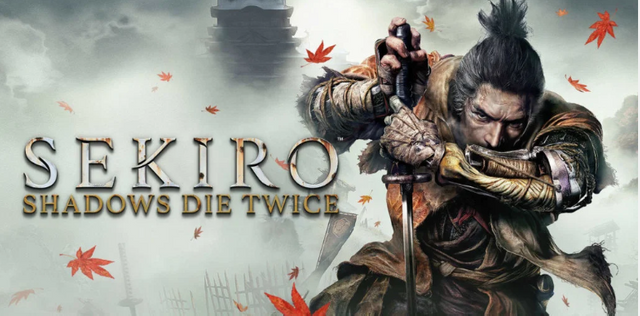
source
The possibility of jumping and reaching high areas quickly with a hook, as well as a posture system that gives a twist to the fight, are the main novelties of a creation that, although at first sight may seem far from the Souls saga / Bloodborne, in the end is very similar to these proposals. Sekiro: Shadows Die Twice is the evolution of the recipe from FromSoftware, a new release that is able to be familiar to studio fans but, at the same time, avoid falling into repetition with a proposal halfway between the aggressiveness of Bloodborne and the passivity of Dark Souls. Do you want to know more? Well, accompany us in our analysis of FromSoftware's latest masterpiece.
"Virtue is a middle ground between two extremes"
If I am completely sincere, from the first moment I have been very skeptical with Sekiro: Shadows Die Twice. And I do not know what made me more afraid: if the videogame was a replica of the defensive mechanics of Dark Souls (which, although I love them, I've had enough) or that it was something completely new and far from what I could expect from FromSoftware . Luckily, Sekiro does not fall into any of these two options and is the living proof that Miyazaki and Japanese study are real geniuses when it comes to video game design.
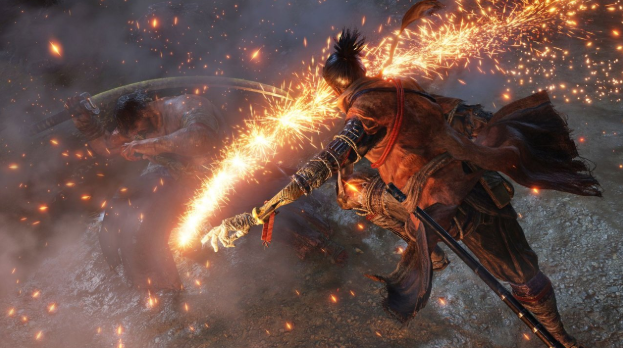
Virtue is an acquired voluntary disposition, which consists in a middle term between two bad extremes, the one by excess and the other by default," said Aristotle; and although I find it hard to agree (and describe as bad the defensive end of Dark Souls or the aggressive Bloodborne), the fact is that Sekiro appropriates the middle term of Aristotle and makes it his best asset. Everything in the new work of FromSoftware revolves around the balance between defense and attack, from the new combat mechanics to the very ambience of the title.
Sekiro introduces a new combat system that allows us to kill all enemies either by lowering their classical health or by breaking their stance. This position, which is the novelty, works as a separate health bar that is filled as we attack and counterattack (hence the importance of making good work parrysen), but decreases if we are too passive. Once it is full, our enemy will be susceptible to a special attack that will lower a health bar completely; and I say one because the vast majority of bosses will have at least two of them.
And, given that any enemy can finish us with practically a couple of blows, this tactical balance between attack and defense makes Sekiro offer an experience very similar to what we know from FromSoftware mechanically but very different in terms of game feeling . Even the setting, feudal Japan, helps this new balance between attack and defense. We are no longer hunters or facing huge beasts, now we are a warrior fighting other warriors, mostly anthropomorphic, and the sword combat is almost a dance. The attacks, counterattacks and defenses are interspersed to give as a result a dynamic, strategic, beautiful gameplay visually and, above all, as fun as can be expected.
Perhaps the only one that can put him in combat is that, no matter how many years go by, there are some mechanics that continue to be frustrating and unfair. The tracking of some enemies, which in the middle of the animation rotate completely to give us, the possibility that certain bosses throw us through the air outside the map to cause an instakill and some failures in the camera are details that I would like to see polished to As FromSoftware continues to create. And, yes, I am aware that some of these things are almost a hallmark of study and frustration is a fundamental part of the gaming experience, but that does not mean that, as mechanics, they are something that bothers.
Shadows Die Twice; but I a few more
Sekiro: Shadows Die Twice is a work that maintains the essence of FromSoftware but evolves through its own channel; and that is not true only for the combat mechanics that I have already detailed, but it is also true for the other aspects of the game.
One of the news that is most appreciated is the movement. Thanks to the hook of the prosthetic arm of our protagonist, crossing scenarios becomes much more dynamic and rewarding at the playable level. In addition, doing it well has a reward, since stealth is a key point and any enemy that we catch unprepared will lose an entire health bar with this first stealthy blow. That is why, to give us ways and options to attack with stealth, Sekiro has a much more vertical design than previous works, playing perfectly with the three dimensions.
And, precisely, the layout of the map and the objectives is something that also changes considerably. Instead of offering open areas or a linear path, Sekiro puts at our disposal different routes, more or less linear, that lead us to different objectives. We can go where we want when we want, so that, if at some point an enemy is stuck more than the account (it has happened to me), we can turn around and try to advance through another of the areas we have. Maybe we'll get improvements that make that enemy that chokes us less dangerous when we decide to try again.
The loneliness of the warrior
FromSoftware has made a name in the international video game market thanks to works that, for many, may be defined by their mechanics. However, I think that if there is something that defines Japanese study, it is not the verb of its videogames, it is not the actions we can perform, but the sensation that that handful of pixels can transmit by moving on a screen. And Sekiro is no exception in this respect, repeating the most difficult achievement of previous works: the emotional one.
The helplessness, the not knowing very well where you are going or why you have decided to take the path you are following are again pillars in the experience of the work of FromSoftware with a map that plays perfectly with the light and the color palette to take us for this roller coaster that is the path of solitude our protagonist. Such is the importance of this detail that even the history of the video game is articulated around our loneliness. A warrior who has only one adoptive father at his side and who will give his life for being with the one he swore to protect.
Of course, as usual in FromSoftware, the story goes far beyond what is presented to us explicitly, and although I have not had the time to dig into it, I'm sure that in a few days there will be forums full of theories about of Sekiro and his characters. Because, yes, the secondary missions related to NPCs that we find around the world return abundantly, so it will be possible to follow certain narrative lines that reveal more.
A new masterpiece from FromSoftware
When someone is able to do something many times in a row, it seems that something, whatever it is, loses merit. We are used to seeing Nadal win Roland Garros every summer and it almost seems like a failure if a year is not crowned champion, when in reality getting it once could be the most important achievement in the life of many players. With FromSoftware the same thing happens a bit and, after bringing to the market Dark Souls and Bloodborne, no one expects less than a masterpiece. That is why Sekiro: Shadows Die Twice has a spectacular merit; because not only is it a masterpiece, but it is another masterpiece that comes from the same studio.
FromSoftware is able to continue squeezing the recipe for the success of Dark Souls and Bloodborne to put on the table a work with the same premises, but at the same time it is original, fresh and unique. A balance between attack and defense, a much improved movement system and a whole new world in which to lose ourselves are the main strengths of Sekiro: Shadows Die Twice to conquer the public.
Sekiro: Shadows Die Twice is undoubtedly one of the best video games of all 2019 and perhaps of the entire generation, with the permission of Dark Souls III and Bloodborne. A game absolutely essential for anyone who has enjoyed minimally the previous works of FromSoftware, but also for those who want to take the step with the study and have not dared; a masterpiece in every rule. Thanks, FromSoftware; Thanks, Miyazaki.

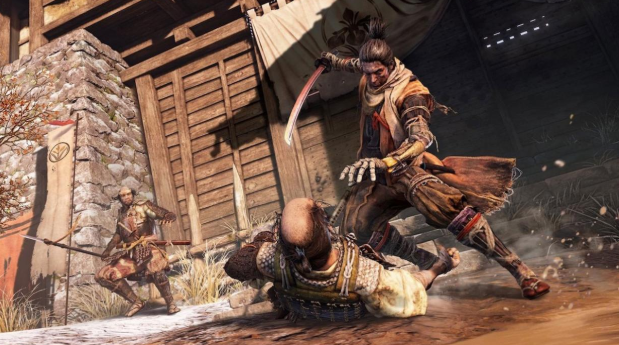

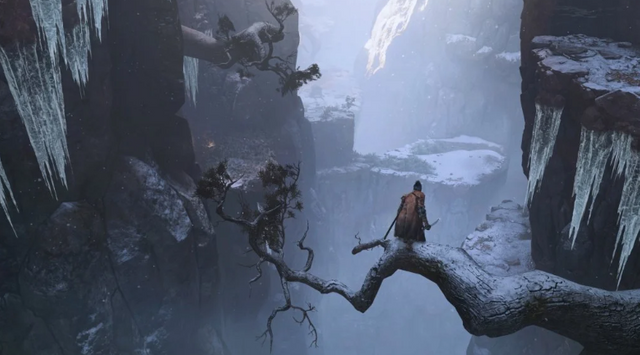
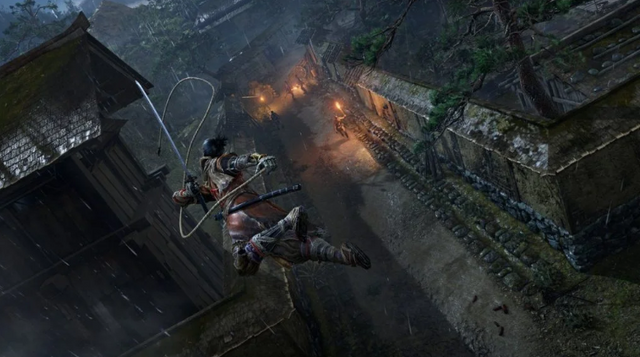
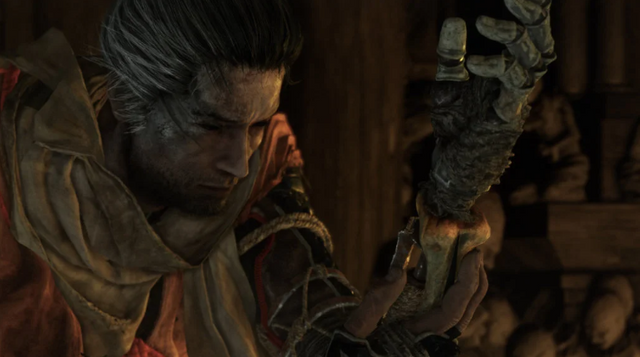
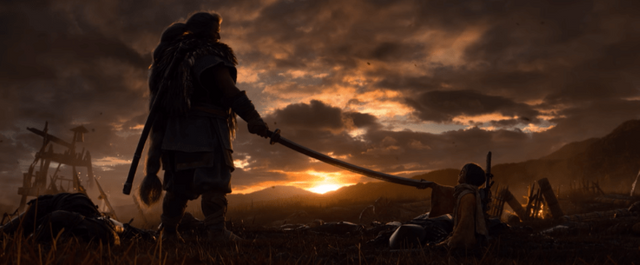
This post was shared in the Curation Collective Discord community for curators, and upvoted and resteemed by the @c-squared community account after manual review.
@c-squared runs a community witness. Please consider using one of your witness votes on us here